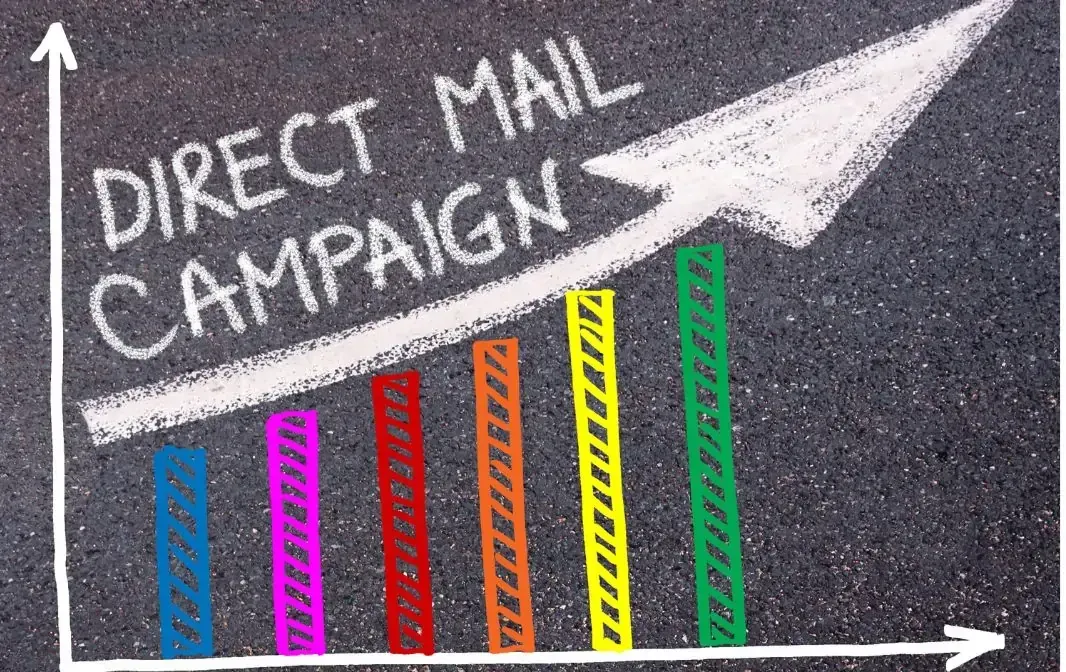
Developing a Dental Patient Referral Program: Steps & Benefits

A well-designed dental referral program is one of the most effective marketing strategies for growing a dental practice. It leverages the trust and satisfaction of your existing patients to attract new ones, helping to increase your patient base without relying solely on expensive marketing methods like paid ads or billboards. This comprehensive guide will walk you through the key benefits of patient referral programs, how to design one tailored for your practice, and examples of successful implementations.
Benefits of a Dental Referral Program
Implementing a dental referral program offers a wide range of benefits. From reducing your marketing spending to building trust among new patients, referral programs can have a significant impact on your practice's success.
1. Increased Patient Trust and Retention
When someone is referred to your practice by a friend or family member, they come with a built-in level of trust. People are naturally inclined to trust the recommendations of those close to them. By implementing a referral program, you are encouraging your existing patients to share their positive experiences with their networks, which leads to higher trust among potential patients. This trust directly impacts patient retention, as patients referred through a trusted source are more likely to stay with your practice for the long term.
2. Cost-Effective Marketing
One of the biggest advantages of a dental referral program is its cost-effectiveness. Traditional marketing methods such as television ads, print advertising, or digital campaigns can be expensive and often yield inconsistent results. On the other hand, referral programs require a smaller upfront investment, typically involving an incentive for the referring patient, but they can produce a significantly higher return on investment (ROI). By relying on your existing patient base to bring in new patients, you can minimize your marketing costs while still increasing your patient base.
3. Enhanced Patient Experience
When your current patients are willing to refer friends or family, it’s a sign that they are satisfied with the care and service they receive at your practice. This feedback loop allows you to continue improving the patient experience. Positive experiences breed more referrals, and as your patients talk about your practice, the word spreads, bringing more new patients through your doors.
4. Higher Conversion Rates
Referral programs lead to higher conversion rates than most other forms of marketing. Referred patients arrive at your practice with a personal recommendation and a higher level of trust, which makes them more likely to schedule an appointment and stay with your practice. Since the referrer often shares positive feedback about your services, referred patients also have a clearer understanding of what to expect, leading to quicker decisions to move forward with treatment.
Designing an Effective Dental Referral Program
Creating a well-planned dental referral program involves several strategic steps. By understanding your goals, patient demographics, and potential incentives, you can create a referral program that not only attracts new patients but also keeps your current ones happy and engaged.
1. Define Clear Objectives
The first step in designing a successful referral program is to define what you hope to achieve. Clear, measurable objectives will help you craft a program that is targeted and effective. Common goals include:
- Increasing your patient base
- Boosting patient loyalty and retention
- Increasing practice revenue
- Enhancing overall patient satisfaction
Defining your objectives will guide every other step of the program design process. For example, if your primary goal is to attract more families, you might offer family-oriented rewards like discounts on children's dental services or family care packages.
2. Identify Target Audience
Understanding your target audience is crucial when designing a referral program that resonates with them. Look at your current patient demographics: Are they mostly young professionals, families, or retirees? Once you understand who your patients are, you can tailor the program to their specific needs and interests. For instance, younger patients might prefer incentives such as discounted whitening treatments or free cleanings, while families may appreciate gift cards or discounts on family dental plans.
Additionally, consider segmenting your audience. You may want to create different incentives for different patient groups to ensure the program appeals to everyone. Personalizing your approach can increase the likelihood of participation.
For assistance with audience segmentation and tailored marketing strategies, visit our branding and strategy page.
3. Choose Incentives Wisely
The success of your dental referral program largely depends on the type of incentive you offer. The right incentive should be valuable enough to motivate patients to refer others but not so costly that it cuts into your profits. Common incentives include:
- Discounts on future services (e.g., 10% off the next cleaning or whitening)
- Gift cards to local stores, restaurants, or online retailers
- Free dental products (e.g., toothbrushes, whitening kits)
- Exclusive perks such as priority scheduling or access to special services
You could also offer tiered rewards, where patients earn increasingly valuable incentives based on the number of successful referrals they provide. This adds an element of excitement and encourages continued participation in the program.
4. Promote the Program
Once you’ve designed your referral program, it’s time to promote it. There are several effective ways to get the word out about your dental referral program, including:
- Emails: Send out targeted emails to your current patient list informing them about the program and the incentives available.
- Social media: Utilize your practice’s social media channels (Facebook, Instagram, etc.) to spread the word and encourage sharing. Consider adding referral-specific content, such as referral codes, that can be easily shared on social media.
- In-office signage: Post flyers and other promotional materials in your waiting room and exam rooms. You can also include details on your referral program in any printed materials you hand out to patients.
- Direct conversations with patients: Have your staff mention the referral program during routine appointments and check-ins. This direct communication is often the most effective way to encourage participation.
5. Simplify the Referral Process
For your referral program to succeed, it needs to be easy for your patients to participate. The simpler the process, the more likely they are to refer others. Some ways to simplify the referral process include:
- Providing referral cards or online forms that patients can share with friends and family
- Offering email templates or social media share buttons that patients can use to promote your practice with minimal effort
- Implementing a mobile-friendly referral system so patients can refer others directly from their smartphones
The more convenient and intuitive the process, the more referrals you’ll generate.
6. Track and Analyze Performance
To understand the effectiveness of your dental referral program, you’ll need to track referrals and analyze their impact. Using referral software is an excellent way to monitor how many new patients come in through referrals, which channels are most effective, and how well your incentives are working. Tracking also allows you to refine and adjust your strategies over time.
Examples of Successful Dental Referral Programs
Many dental practices have implemented highly effective referral programs, and studying these examples can give you ideas for your own program.
ReferralCandy
While primarily used in eCommerce, ReferralCandy offers adaptable solutions for dental practices. Their platform makes it easy to set up, track, and manage a referral program, providing valuable insights into referral activities and results. It’s an excellent option for practices looking for a plug-and-play solution to start generating referrals quickly.
Ambassador
Ambassador provides robust referral program management tools, including automated referral tracking and customizable reward systems. Their scalable platform makes it suitable for both small practices and larger dental chains, allowing flexibility in how you structure your referral incentives.
Referral Rock
Referral Rock offers a comprehensive set of features, including automated emails, social media integration, and detailed analytics. Its user-friendly interface ensures that even dental practices with limited marketing experience can easily manage an effective referral program.
Implementing a well-designed dental referral program can significantly boost your practice by increasing patient trust, reducing marketing costs, enhancing the patient experience, and improving conversion rates. By setting clear objectives, identifying your target audience, choosing the right incentives, promoting the program effectively, simplifying the referral process, and tracking performance, you can create a referral program that drives sustained growth for your practice.
FAQs
Q: What type of incentives work best for dental referral programs?
A: Incentives such as discounts on services, gift cards, or dental products are effective because they provide immediate and tangible value to patients.
Q: How can I promote my dental referral program?
A: Promote your referral program through multiple channels including emails, social media, in-office signage, and direct conversations with patients.
Q: What tools can help manage my referral program?
A: Tools like ReferralCandy, Ambassador, and Referral Rock offer robust features for managing and tracking referral programs, ensuring ease of use and effectiveness.

XPRESS INC is a direct mail and marketing company focusing on small to medium business marketing strategies with a niche in dentists and dental specialists.
All Rights Reserved | Xpress Inc





















